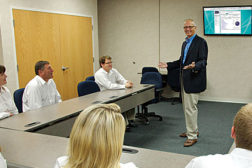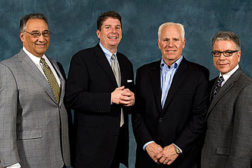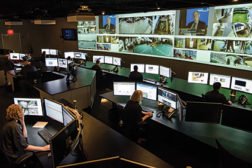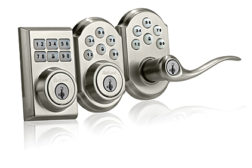Articles by Heather Klotz-Young
Exciting new monitoring services mean extra training and preparation for the central stations tasked with offering them.
Read More
Security Partners Acquires Mace Central Station
‘Synergies and Common Goals’ Prompt Acquisition of Mace CS by Security Partners
January 23, 2014
Cellular Enables a New Breed of PERS Offerings
Forced communication changes to cellular — stemming from POTS’ elimination — along with the mobile capabilities it is enabling is producing a new breed of PERS offerings.
January 14, 2014
State of the Market: Video Monitoring
Video monitoring’s proactive nature and broadened capabilities are driving ‘real world’ services for the industry to offer — with results that are getting attention.
November 14, 2013
Wireless Residential Access Control Closer to Mainstream Adoption
Wireless residential access control is inching closer to mainstream adoption. SDM examines why it is growing and how to manage the nuances of the technology to get installations done right.
October 3, 2013
Be in the forefront of security intelligence when you receive SDM.
Join over 10,000+ professionals when you subscribe today.
SIGN UP TODAY!Copyright ©2024. All Rights Reserved BNP Media.
Design, CMS, Hosting & Web Development :: ePublishing









